How to wear the hijab with 5 easy steps
The hijab is not just a piece of fabric worn by Muslim women; it is a symbol of modesty, cultural identity, and religious devotion. Wearing the hijab can be a beautiful and empowering experience, but for those new to it, it may seem daunting. Fear not! In this article, we will break down the process of wearing a hijab into five easy steps, providing you with all the information you need to confidently embrace this powerful aspect of Islamic culture.
Understanding the Significance of Hijab
Before we delve into the practical aspects of wearing a hijab, it is essential to understand its cultural and religious importance. The hijab is not simply a fashion statement; it serves as a visual representation of a woman's commitment to her faith and her desire to preserve her modesty. By wearing the hijab, Muslim women aim to showcase their inner beauty, intellect, and worth, rather than being judged solely on their appearance.
The hijab holds a profound significance in the lives of Muslim women, as it is deeply rooted in Islamic culture and is seen as a way to uplift and protect women from societal judgment and objectification. It serves as a statement of identity, reminding wearers and others of their spiritual journey and commitment to their faith.
Modesty is highly regarded in Islam, and the hijab is considered an embodiment of this virtue. By covering their hair and bodies, Muslim women demonstrate their commitment to maintaining their modesty and preserving their dignity.
Cultural and Religious Importance of Hijab
The cultural and religious importance of the hijab cannot be overstated. It is not merely a piece of cloth; it carries with it centuries of tradition, symbolism, and spiritual significance. The hijab is a visual representation of a woman's devotion to her faith and her desire to adhere to the teachings of Islam.
In Islamic culture, the hijab is seen as a means to protect women from the gaze of strangers and to maintain their honor and dignity. It is a way for Muslim women to assert their identity and to show their commitment to their religious beliefs. By wearing the hijab, Muslim women make a powerful statement about their values and their place in society.
Furthermore, the hijab serves as a constant reminder to Muslim women of their spiritual journey. It is a physical manifestation of their faith and a symbol of their connection to Allah. By wearing the hijab, Muslim women carry with them a sense of purpose and a reminder of their responsibilities as followers of Islam.
The Hijab as a Symbol of Modesty
Modesty is a core value in Islam, and the hijab is considered an essential aspect of practicing modesty. By covering their hair and bodies, Muslim women demonstrate their commitment to maintaining their modesty and preserving their dignity. The hijab serves as a shield, protecting women from objectification and reducing the focus on physical appearance.
Through the hijab, Muslim women aim to shift the focus from external beauty to inner qualities such as intelligence, kindness, and strength of character. It allows them to be seen and respected for who they are as individuals, rather than being judged solely based on their physical appearance.
Moreover, the hijab empowers Muslim women to navigate the world with confidence and self-assurance. It allows them to move through society without feeling the need to conform to societal beauty standards or seek validation through their looks. The hijab becomes a source of strength and a means of expressing their individuality while staying true to their faith.
Materials Needed to Wear a Hijab
Now that we have explored the significance of the hijab, let's move on to the practicalities of wearing one. Before you begin, it's important to gather the necessary materials:
Choosing the Right Fabric
The fabric of your hijab plays a crucial role in your overall comfort and style. Opt for lightweight materials like cotton or chiffon, especially during warmer months, to ensure breathability and ease of movement.
Cotton is a popular choice for hijabs due to its softness and ability to absorb moisture. It is a breathable fabric that allows air to circulate, keeping you cool and comfortable throughout the day. Chiffon, on the other hand, is a lightweight and sheer fabric that adds an elegant and flowy touch to your hijab style.
When selecting the fabric, consider the climate and weather conditions of your location. If you live in a hot and humid area, you may want to prioritize fabrics that are lightweight and moisture-wicking to help you stay cool and dry.
Essential Accessories for Wearing a Hijab
In addition to the hijab itself, you will need a few key accessories. Invest in some hijab pins to secure your hijab in place and prevent it from slipping. These pins come in various designs and sizes, allowing you to choose ones that match your personal style.
Another accessory to consider is an inner cap or an underscarf. This piece is worn underneath the hijab and helps to secure it in place throughout the day. Inner caps are usually made of stretchy and breathable materials like cotton or viscose, providing a comfortable base for your hijab.
Some women also opt for underscarves with built-in headbands or adjustable straps to ensure a snug fit. These features help to keep the hijab in place, especially during physical activities or windy weather.
Additionally, you may want to explore other accessories such as hijab magnets or clips, which provide an alternative way to secure your hijab without the use of pins. These magnetic or clip-on options offer convenience and ease of use, particularly for those who prefer a hassle-free hijab styling process.
Remember, the choice of accessories may vary depending on your personal preferences and the style of hijab you prefer. Experiment with different options to find what works best for you in terms of comfort, style, and practicality.
Step-by-Step Guide to Wearing a Hijab
Now that you are well-equipped with the necessary materials, let's navigate through the five easy steps of wearing a hijab:
Preparing Your Hair and Head for the Hijab
Before putting on your hijab, ensure that your hair is clean and dry. If you have long hair, tie it neatly into a low bun or ponytail, ensuring that there are no loose strands that may peek out from under your hijab. A hairstyle that keeps your hair flat against your head will provide a smoother base for your hijab.
Folding and Placing the Hijab
Start by folding your hijab into a triangle shape. Place the folded edge at the center of your forehead, ensuring that the two ends are equal in length. Hold the ends, cross them over each other under your chin, and bring them back to the front.
Securing the Hijab
Once you have crossed the ends, wrap them around your head, ensuring a snug fit without pulling too tight. Bring the ends back to the front and secure them with a hijab pin to keep everything in place. Experiment with different pinning styles to find a look that suits you.
Styling the Hijab
The way you style your hijab can add a personal touch to your overall look. Play around with different folds, pleats, and drapes to create unique and stylish variations. Remember to consider your face shape and personal style to find a style that suits you best.
Tips for Comfort and Style
Wearing a hijab should not hinder your comfort or creativity. Here are some tips to ensure you feel at ease and stylish throughout the day:
Ensuring Comfort While Wearing a Hijab
Choose hijabs made from lightweight and breathable materials to ensure maximum comfort. Avoid fabrics that may cause irritation or discomfort, especially during hot weather. Additionally, practice wearing your hijab for short periods at home before venturing out to ensure you feel comfortable and confident.
Experimenting with Different Hijab Styles
Don't be afraid to experiment with different hijab styles to match your outfit or mood. Explore various draping techniques, pleats, and accessories to add versatility and creativity to your hijab looks. Remember, your hijab is an expression of your individuality.
Maintaining Your Hijab
Proper care and maintenance of your hijab will ensure its longevity and continued shape. Here are a few essential tips:
Cleaning and Storing Your Hijab
Regularly wash your hijabs according to the fabric's care instructions. This will prevent any dirt or sweat buildup and maintain their freshness. When not in use, store your hijabs neatly folded or hung to avoid any creases or damage.
When to Replace Your Hijab
Over time, your hijabs may wear out due to regular use or natural wear and tear. If you notice any frays, tears, or fading, it's time to replace them to maintain a polished and put-together appearance. Consider donating your old hijabs to local charitable organizations or individuals in need.
Wearing the hijab is an empowering choice that allows Muslim women to express their faith and personality. By following the five easy steps outlined above, you can confidently incorporate the hijab into your daily routine with comfort, style, and pride. Embrace this beautiful tradition and showcase your inner strength to the world. Remember, the hijab is not just a piece of fabric; it is a powerful symbol of faith, modesty, and self-expression.


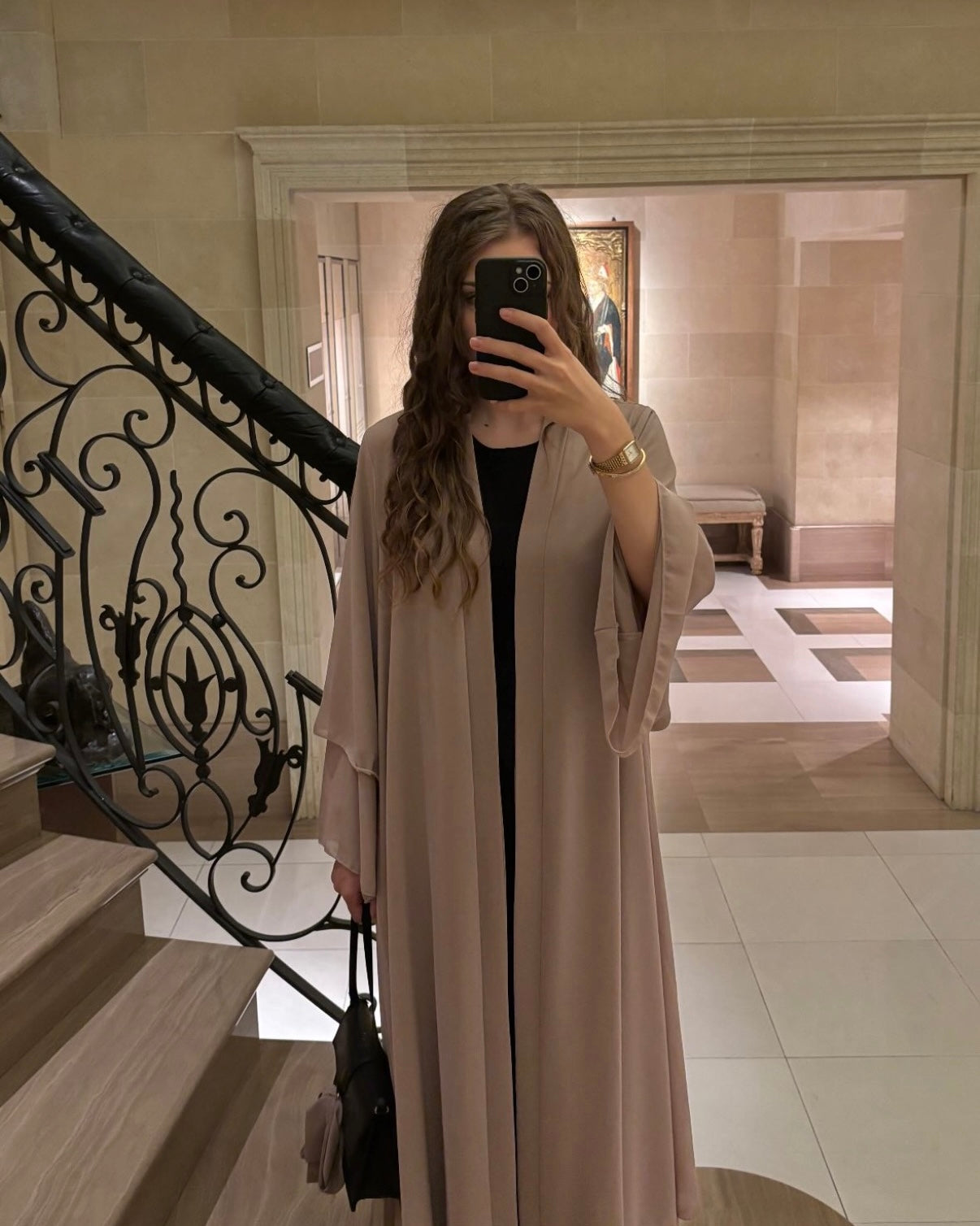
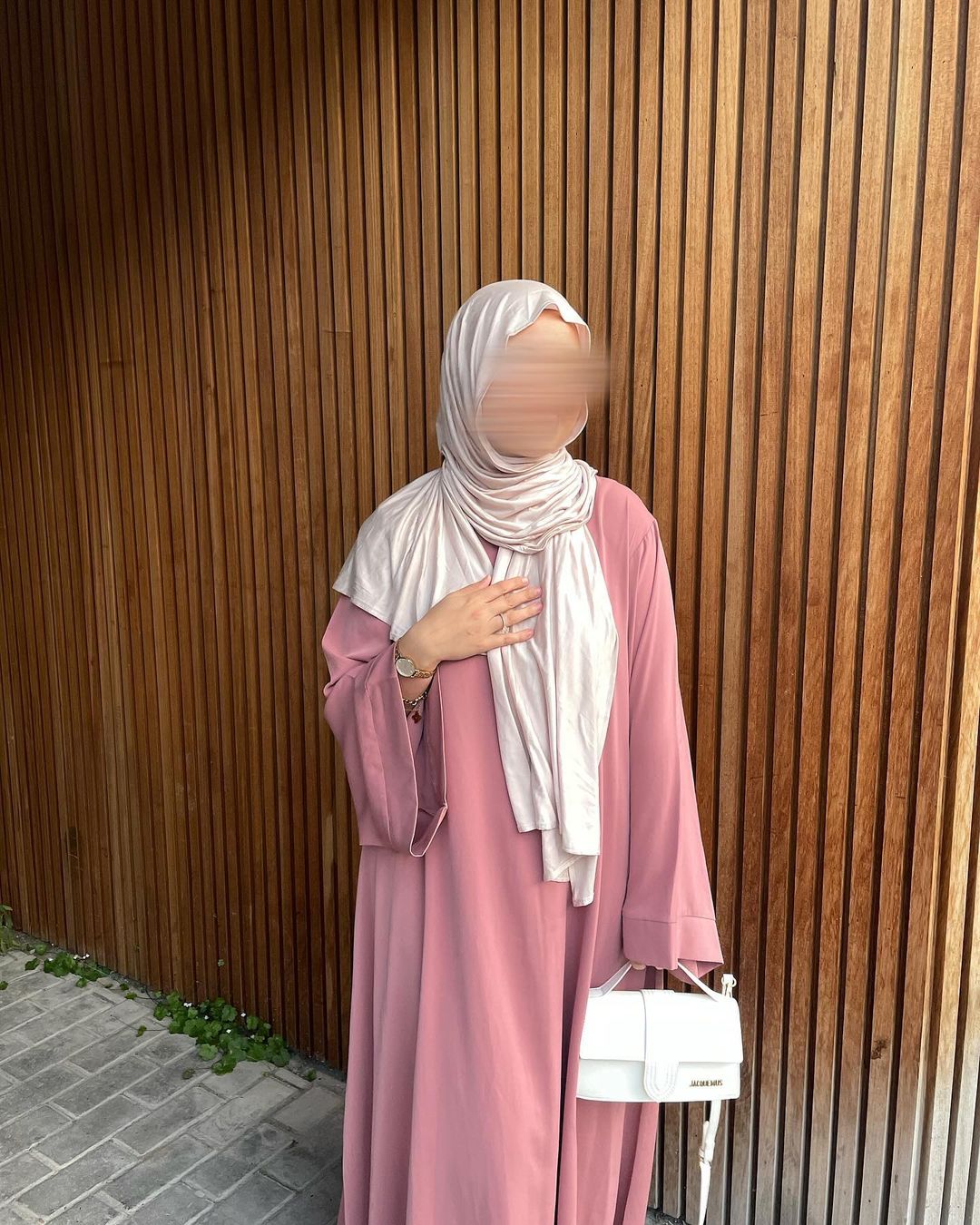



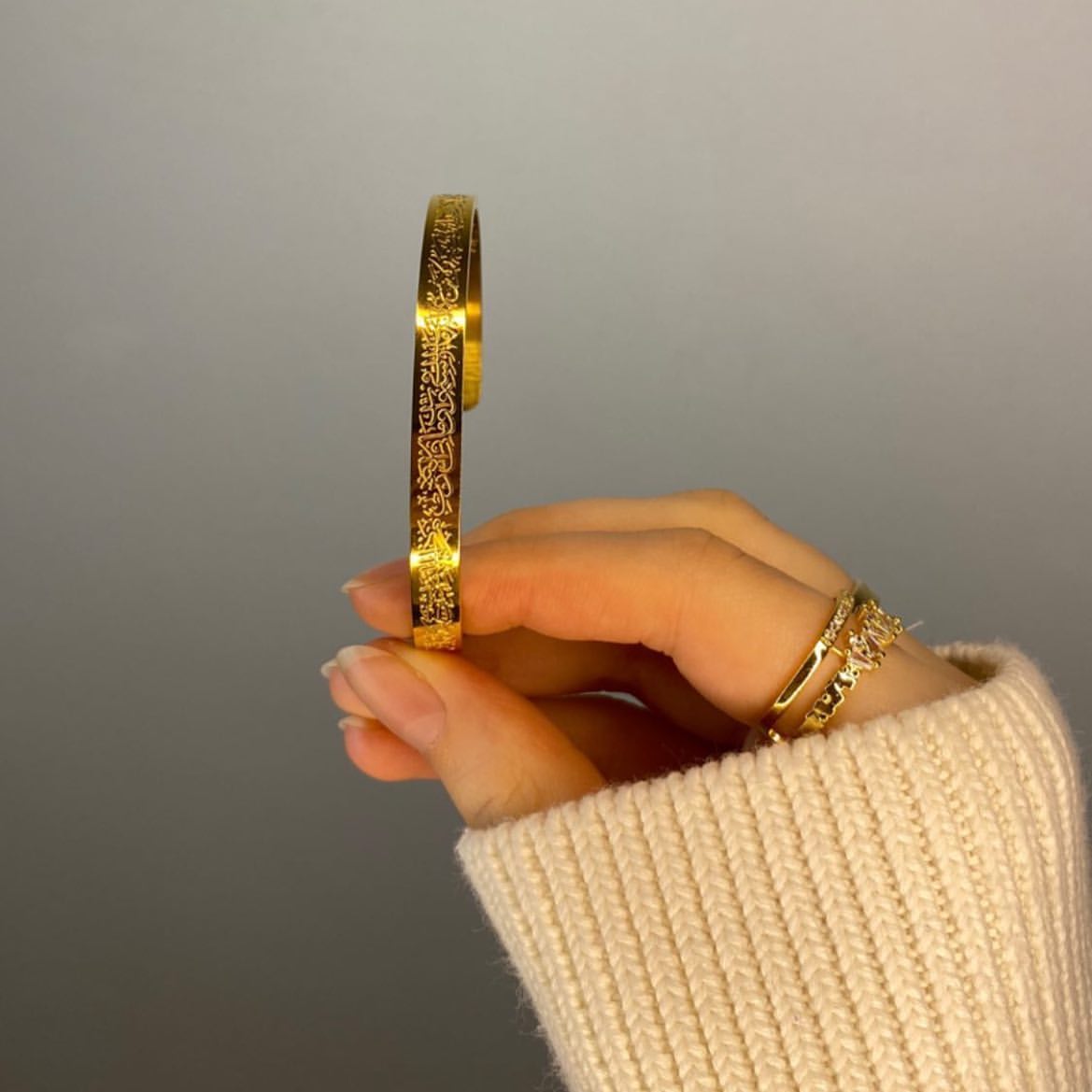
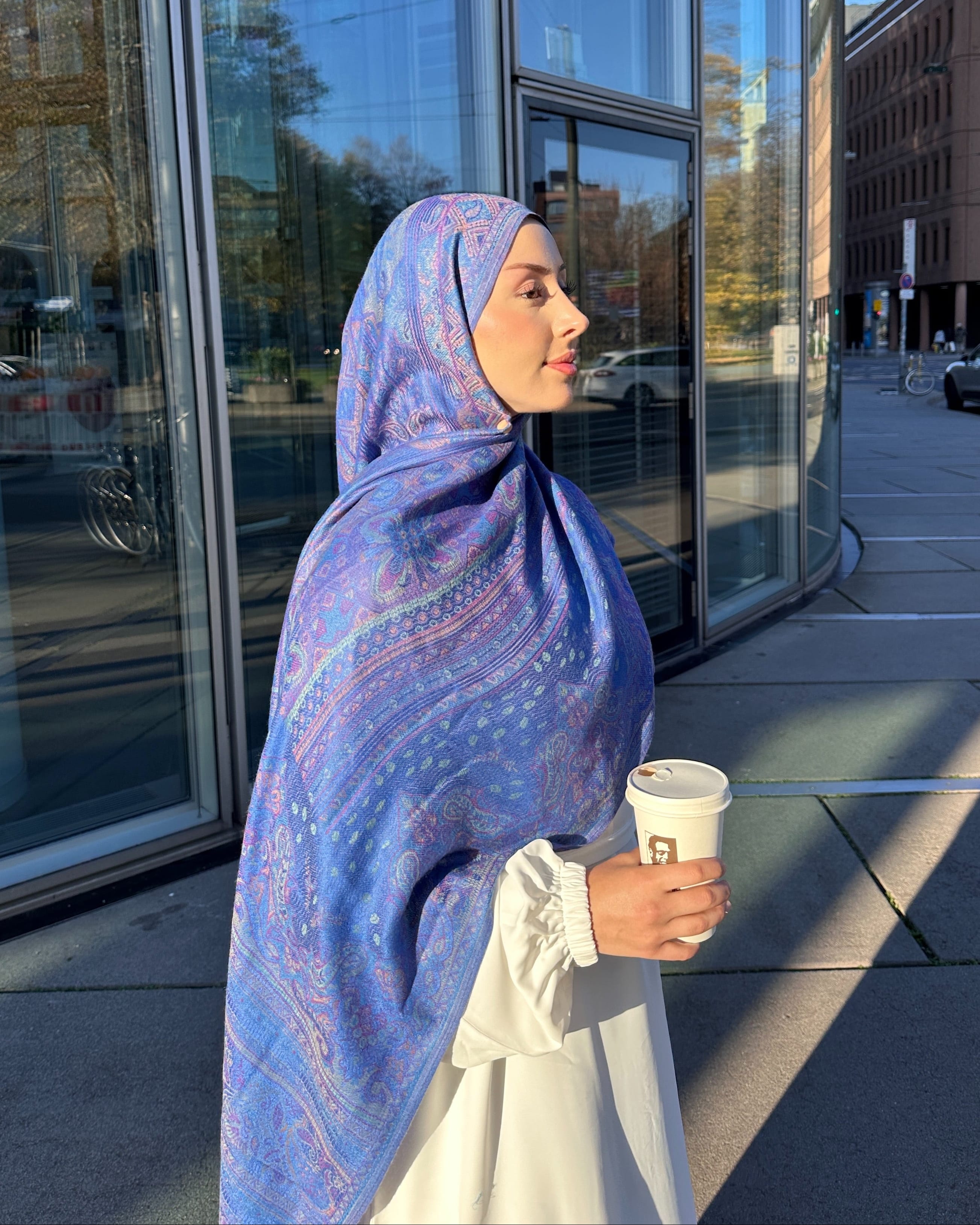
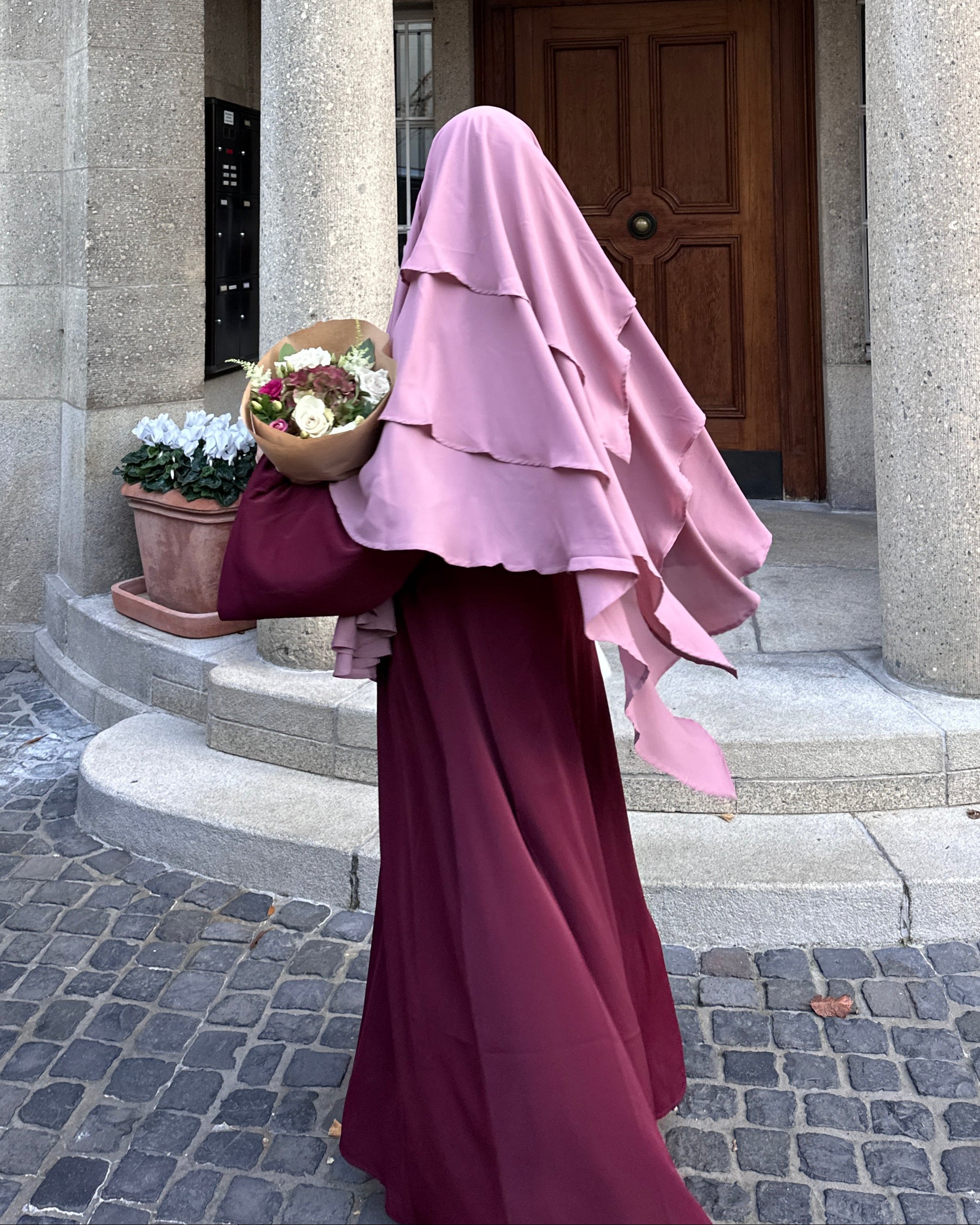


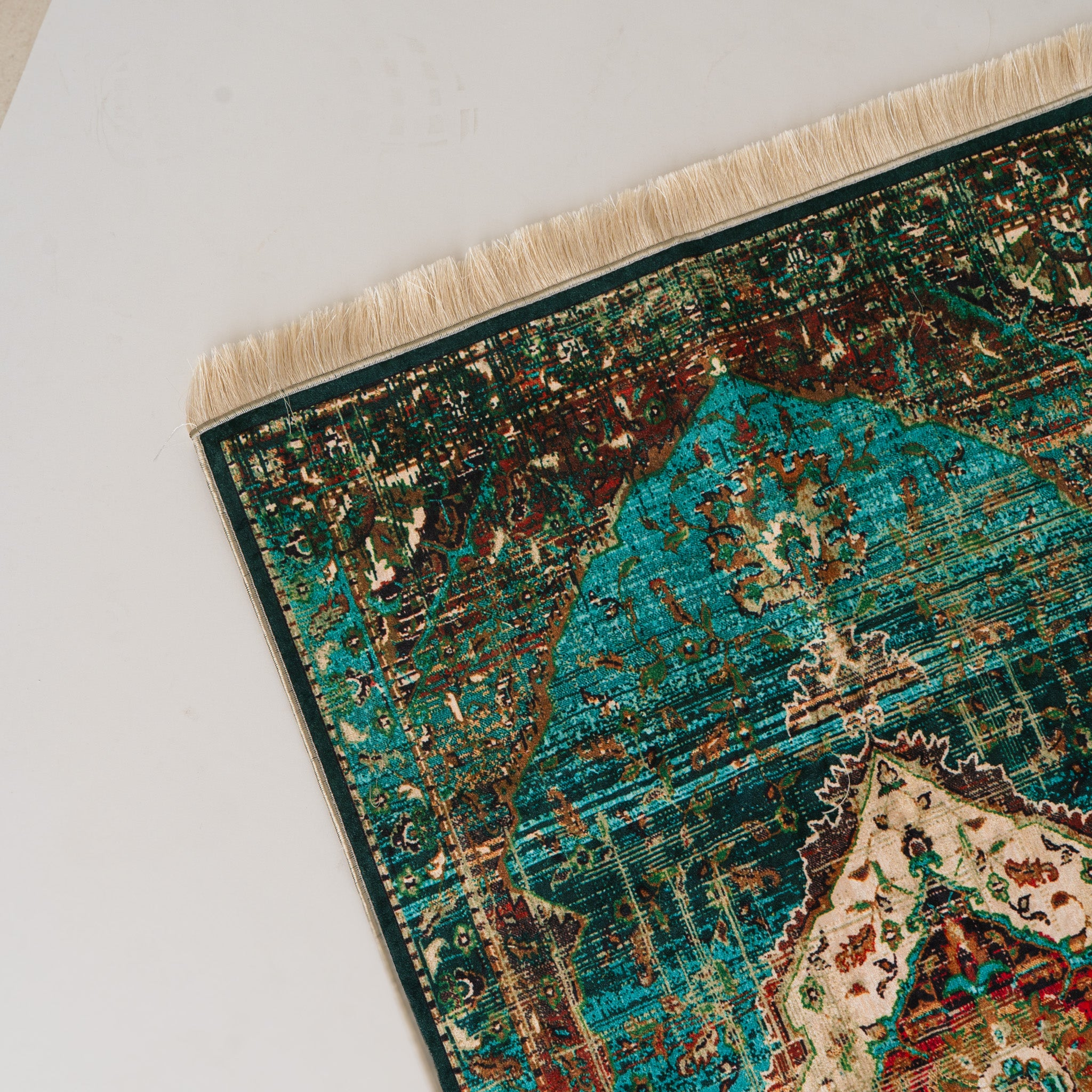


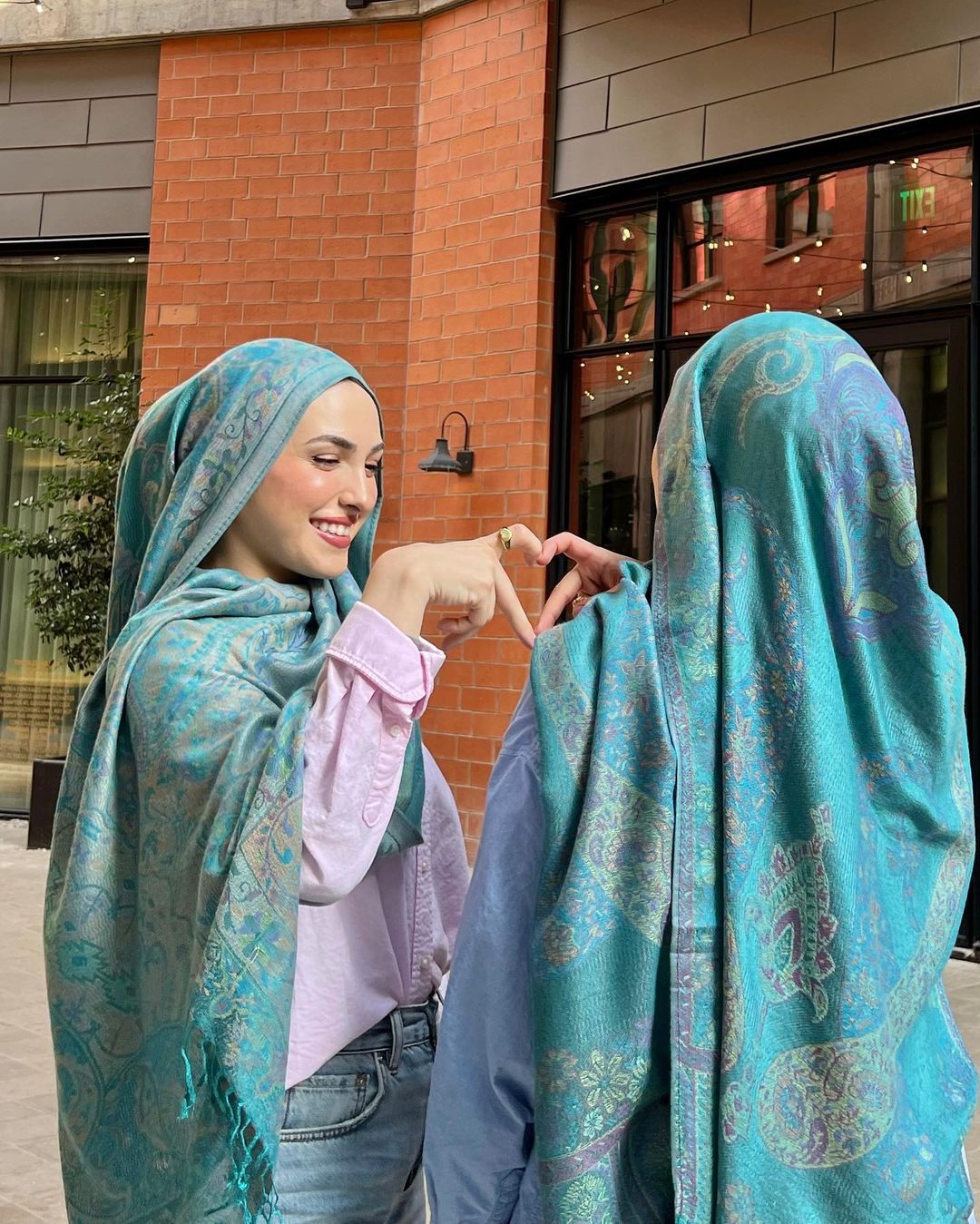
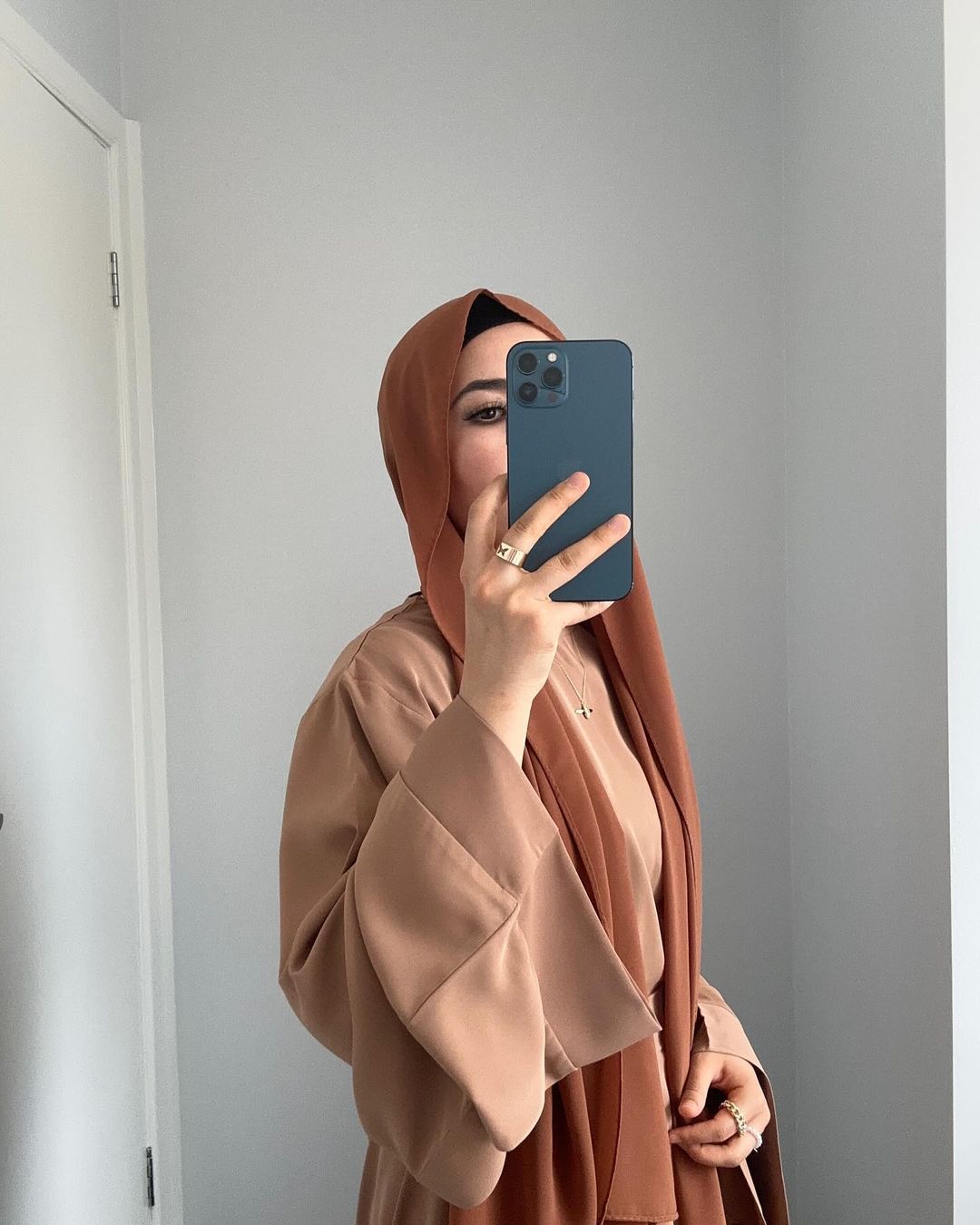
Leave a comment
All comments are moderated before being published.
This site is protected by hCaptcha and the hCaptcha Privacy Policy and Terms of Service apply.